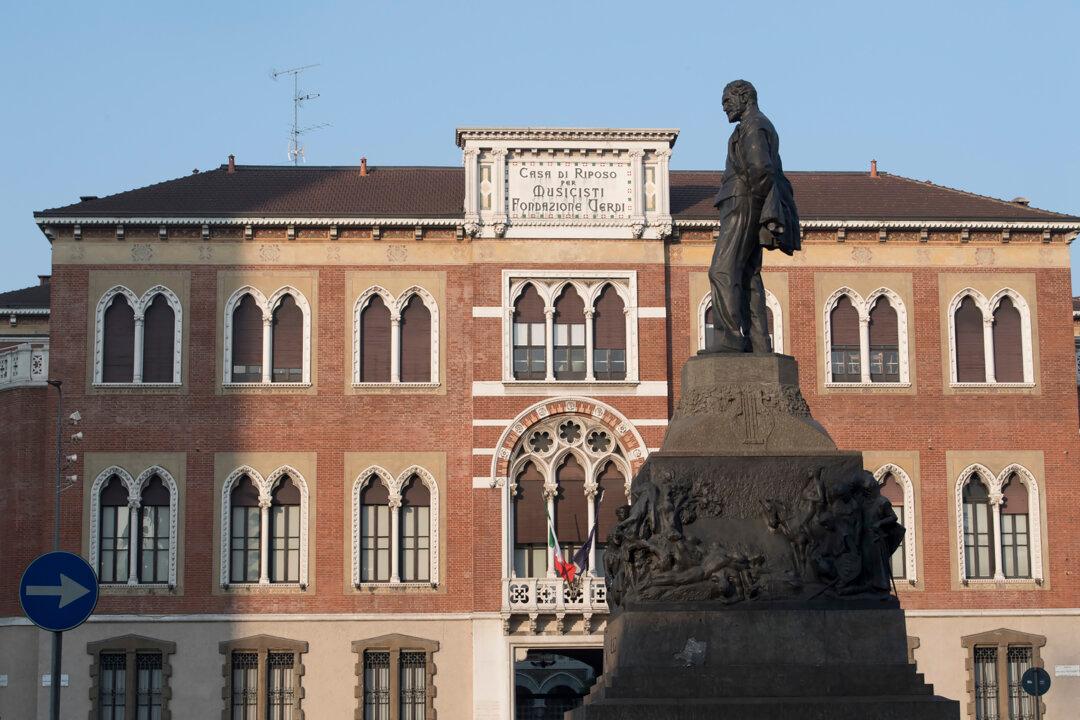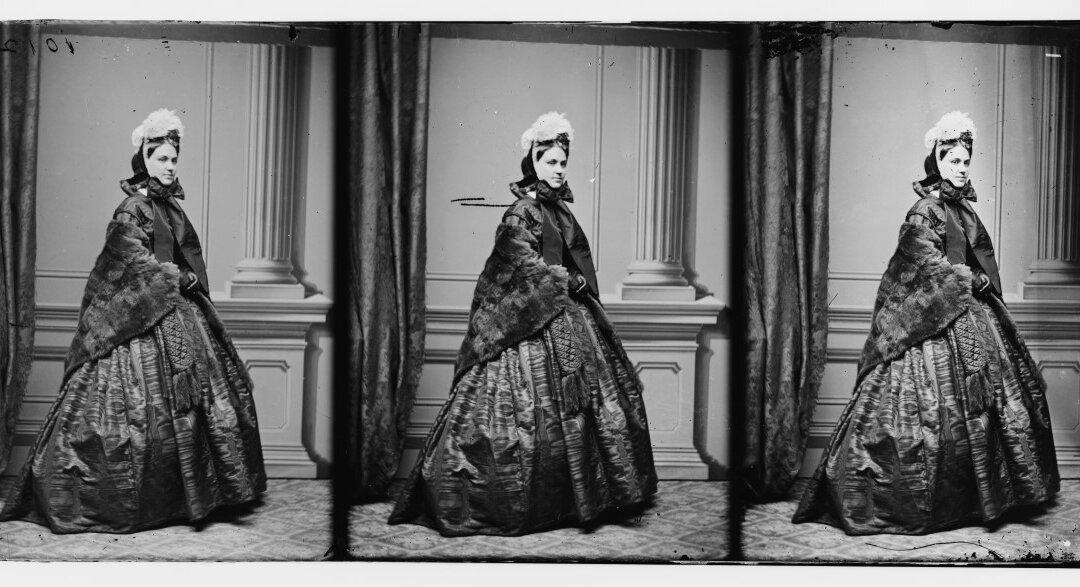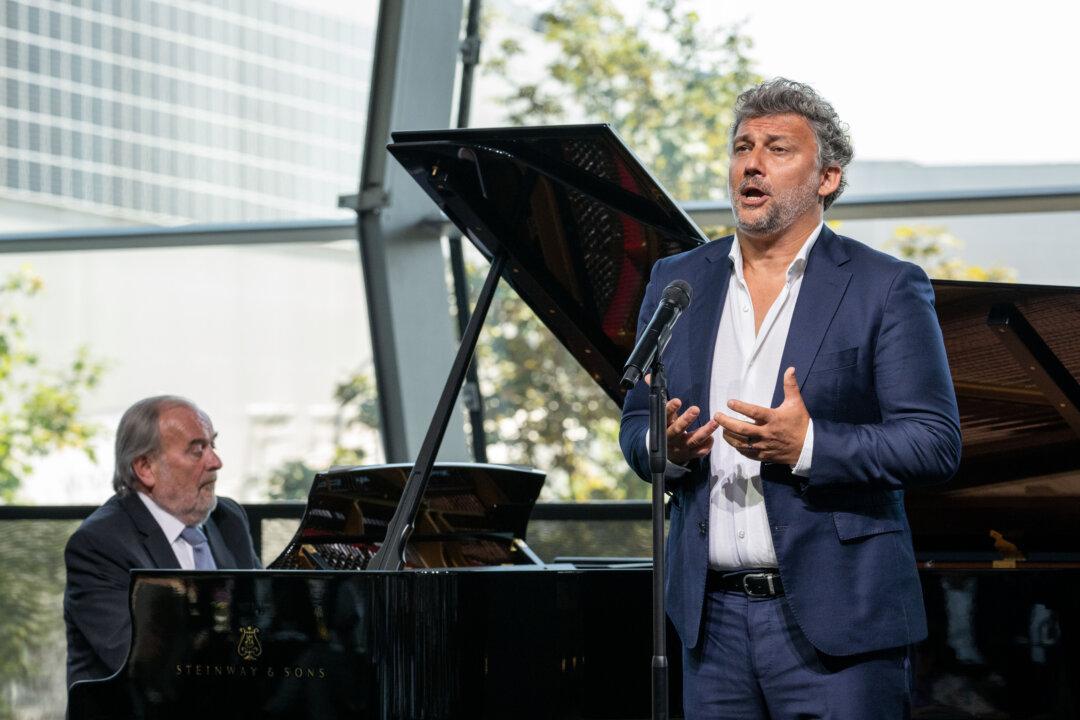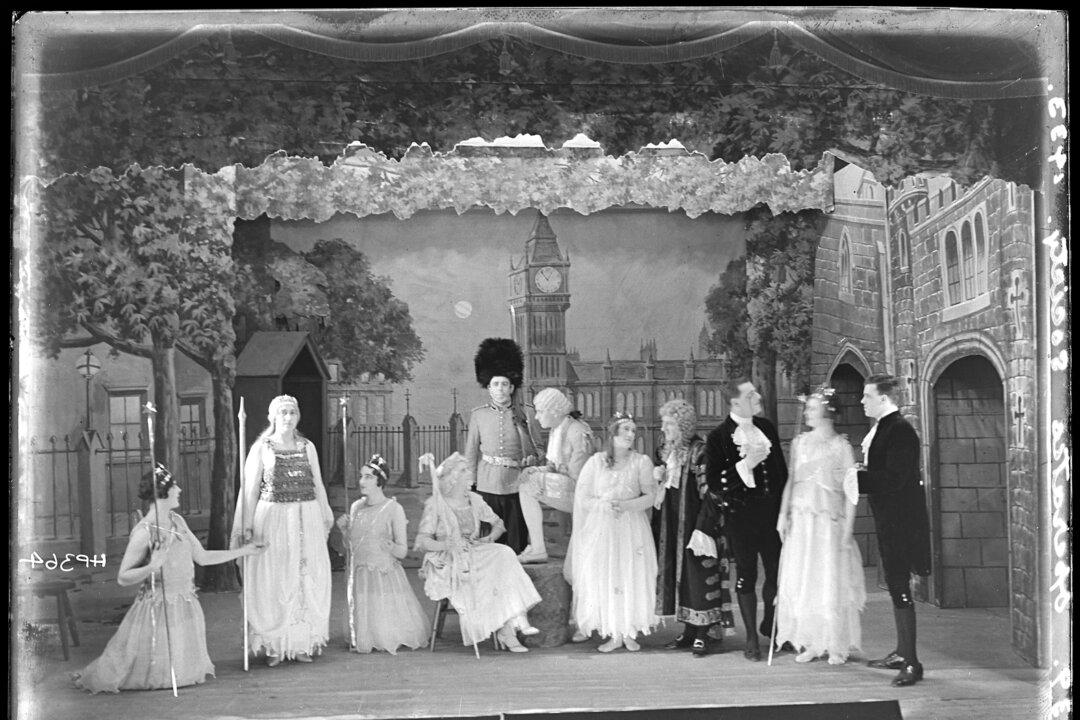“This is my finest achievement,” opera composer Giuseppe Verdi said of Casa di Riposo per Musicisti. The “House of Repose for Musicians” in Milan is the retirement home known as “Casa Verdi.” He built the home in 1899 for “old singers not favored by fortune, or who, when they were young, did not possess the virtue of saving,” Verdi wrote in a letter to his friend, sculptor Giulio Monteverde.
Composer of some of the greatest operas ever written, such as, “Rigoletto,” “La Traviata,” “Aida,” “Il Trovatore,” “Nabucco,” “Don Carlos,” “La Forza del Destino,” “Otello,” and the stunningly powerful “Messa da Requiem,” Verdi is buried at Casa Verdi alongside his wife, soprano Giuseppina Strepponi.





